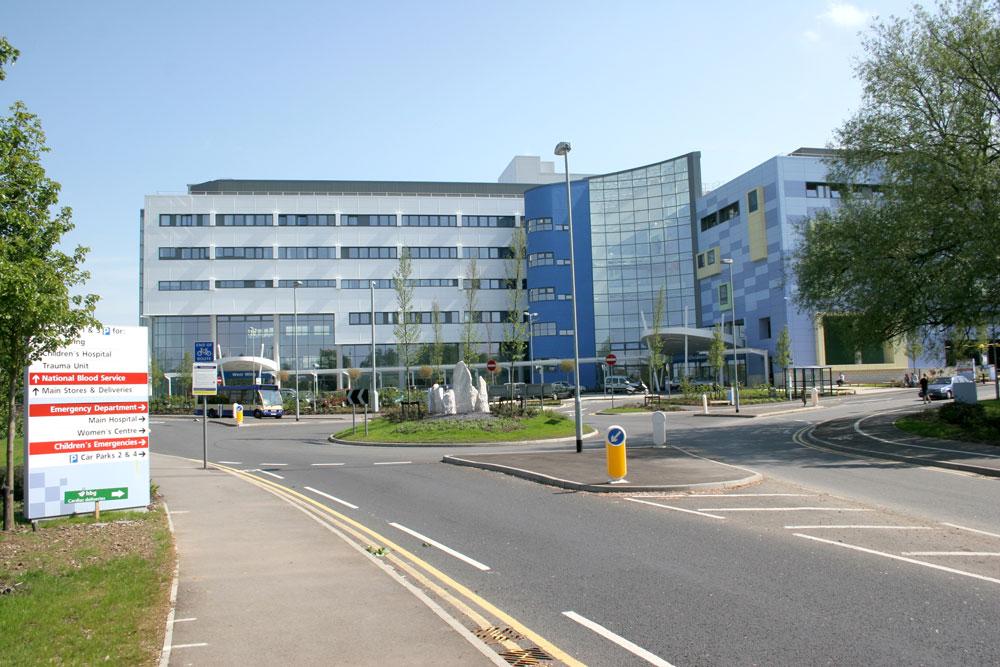The distress, disease and destruction caused by pests should be a key consideration in healthcare settings, says Natalie Bungay, technical manager at British Pest Control Association.
There are many reasons we control pests. Apart from the distress of an unwanted visitor, some species pose a very real risk in terms of zoonotic disease, contamination and damage to property.
In healthcare settings, understanding the potential dangers of a pest infestation is vital to protecting both patients and staff.
Managers of healthcare estates can also benefit from insight into which species are considered to be pests when they come into conflict with human activities, as well as the specific risks they pose.
Bed bugs
Little hitchhikers that can be transported into a building on clothes and luggage, bed bugs are most often found in premises with a high volume of people moving into and around the building.
Once deposited in a new environment with favourable conditions, they will hide in and around beds and mattresses, as well as creeping into crevices in the surrounding furniture, behind skirting boards and even into plug sockets, where they will wait until signals such as heat and CO2 from human exhalation indicate a potential food source is in the vicinity.
Bed bugs live on human or animal blood and will come out at night to feed on sleeping humans, leaving bites that can become itchy and swollen.
While they can harbour various pathogens, transmission to humans via bed bug bites has not been proven and is believed to be unlikely.
Bed bugs tend to thrive during the warmer months of the year. During extreme cold they will reduce their activity to a minimum and can survive for up to a year without feeding.
However, temperature-controlled buildings give them a place to thrive year-round without the need for dormancy.
Birds
British birds, their eggs and nests are all protected under the Wildlife and Countryside Act 1981, and as such should not be disturbed unless certain criteria are met, in which case an appropriate person who carries the required licences should be the first port of call.
Wild birds such as gulls and feral pigeons can become a problem for large buildings such as hospitals and health centres which may offer sheltered nesting sites that are difficult for humans to access.
Nests can clog gutters or chimneys, potentially leading to water overflows or issues with carbon monoxide, as well as bringing a risk of secondary infestation from bird mites, ticks, fleas and beetles.
During mating season, gulls can become aggressive and have been known to launch unprovoked attacks on people.
With wingspans of around a metre and weighing around 1kg, gulls are large, heavy birds that live for 25 to 30 years.
An attack can be a frightening experience – especially if the gull draws blood, which has been known to happen.
Meanwhile, pigeons can carry more than 110 pathogens including ornithosis, Listeria and e-coli which can be transmitted to people.
Their droppings, when dry, can become airborne in small particles which, in some cases, can cause respiratory complaints such as psittacosis.
Droppings can also be a slip risk and are acidic, which means they can corrode or erode metals, stonework or brickwork.
Bird prevention, proofing and control is a highly specialised area requiring specific equipment and techniques.
Pest professionals are required to try all reasonably practicable non-lethal methods before they consider lethal control.
Cockroaches
Often found around the heating ducts and boiler rooms of large centrally heated buildings as well as around pipes, stoves, sinks and humid areas such as bathrooms and laundry areas, cockroaches are a direct health risk to people.
As vectors of disease, they are known to carry the organisms which cause food poisoning in humans and other bacteria including salmonella, staphylococcus and streptococcus.
They move from sewers and drains into buildings, where they will contaminate whatever they come into contact with while foraging for water and food.
They drop faeces as they go and also disgorge portions of partially digested food as they move around.
Pharaoh ants
A small tropical ant species that can a particular problem in hospitals, pharaoh ants thrive in large centrally heated buildings.
Common areas to see pharaoh ants are around ovens or other machinery that gives off plenty of heat, although in warmer buildings they can be found in a variety of locations, with nests often discovered in wall cavities or ceiling voids.
Pharaoh ants can be difficult to control and eradicate due to their ability to split the colony – a defensive mechanism known as ‘budding’ – with smaller ‘satellite’ colonies spreading to different areas of the building.
There have been reports of these ants in hospitals and – worryingly – within sterile surgical equipment.
Rats and mice
Rats and mice share many behaviours that cause problems for people, including a tendency to seek shelter indoors in the winter. Both can squeeze through small gaps (around 6mm for mice and 12mm for rats), and both have rapid breeding cycles that can result in a sizeable population in a short period of time.
Rats and mice need to gnaw to maintain their teeth, and both can chew through wood, stone and metal, with some instances of floods caused by damaged plumbing and fires caused by damaged power cables attributed to rodent activity.
As well as carrying bacteria on their bodies and feet, rats urinate wherever they go and mice mark their territory with urine, putting people at risk of food poisoning as most rodents will seek out a food source such as a kitchen cupboard or pantry.
Rats can spread illnesses including Weil’s disease, Salmonella, Listeria, Toxoplasma gondii and Hantavirus.
There are also differences between the species that affect the methods needed to deal with an infestation.
Mice will often take a tiny amount from a variety of food sources, making them more difficult to control with a toxic bait, whereas rats will happily gorge on one food source.
Property owners have a legal obligation under the Prevention of Damage by Pests Act 1949 to keep premises rodent-free and facilities such as hospitals where food is prepared and served, also have obligations to be pest-free under the Food Safety Act 1990.
Pest prevention
BPCA always recommends taking a ‘prevention rather than cure’ approach to pest control, as deterring pests is often more effective and less costly than tackling an established infestation.
Cleaning staff who have undergone pest awareness training are an invaluable first line of defence against infestations and can play a vital role in reporting any indications a pest is present.
An online course – Pest Awareness for Cleaning Operatives – is provided by BPCA and details can be found here.
A pest control maintenance cycle comprising regular visits to survey for signs of particular pests will also help to identify infestations early and ensure steps are taken to contain and control the issue as quickly, effectively and safely as possible.
BPCA members are trained, experienced professionals with access to a range of specialist products not available to the public, as well as being regularly assessed to the British Standard in Pest Management
BS EN 16636.
BPCA members are also endorsed by the Government via the TrustMark quality scheme.





